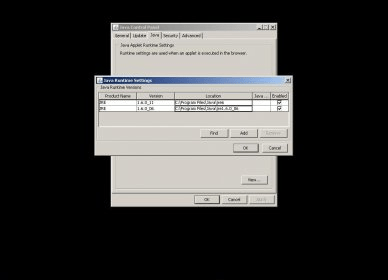

#Java se development kit 6 update 20 code
In Java, constructor refers to a block of code which is used to initialize an object. Refer to the below image which displays different primitive type, wrapper class and constructor argument.

These are known as wrapper classes because they “wrap” the primitive data type into an object of that class. Every primitive data type has a class dedicated to it. Wrapper classes convert the Java primitives into the reference types (objects). Java is not 100% Object-oriented because it makes use of eight primitive data types such as boolean, byte, char, int, float, double, long, short which are not objects. Java is called platform independent because of its byte codes which can run on any system irrespective of its underlying operating system. String args: It is the parameter passed to the main method.It is the method where the main execution occurs. main: It is the name of the method which is searched by JVM as a starting point for an application with a particular signature only.

Void defines the method which will not return any value.

It’s an implementation of the JVM which physically exists. It is a specification that provides a run-time environment in which Java bytecode can be executed. JRE refers to a runtime environment in which Java bytecode can be executed. It is the tool necessary to compile, document and package Java programs. Explain JDK, JRE and JVM? JDK vs JRE vs JVM JDK So let’s get started with the first set of basic Java Interview Questions.īasic Java Interview Questions for Freshers Q1. Our expert team will get back to you at the earliest. In case you attended any Java interview recently, or have additional questions beyond what we covered, we encourage you to post them in our QnA Forum. As a Java professional, it is essential to know the right buzzwords, learn the right technologies and prepare the right answers to commonly asked Java Interview Questions. Here’s a definitive list of top Java Interview Questions that will guarantee a breeze-through to the next level.


 0 kommentar(er)
0 kommentar(er)
